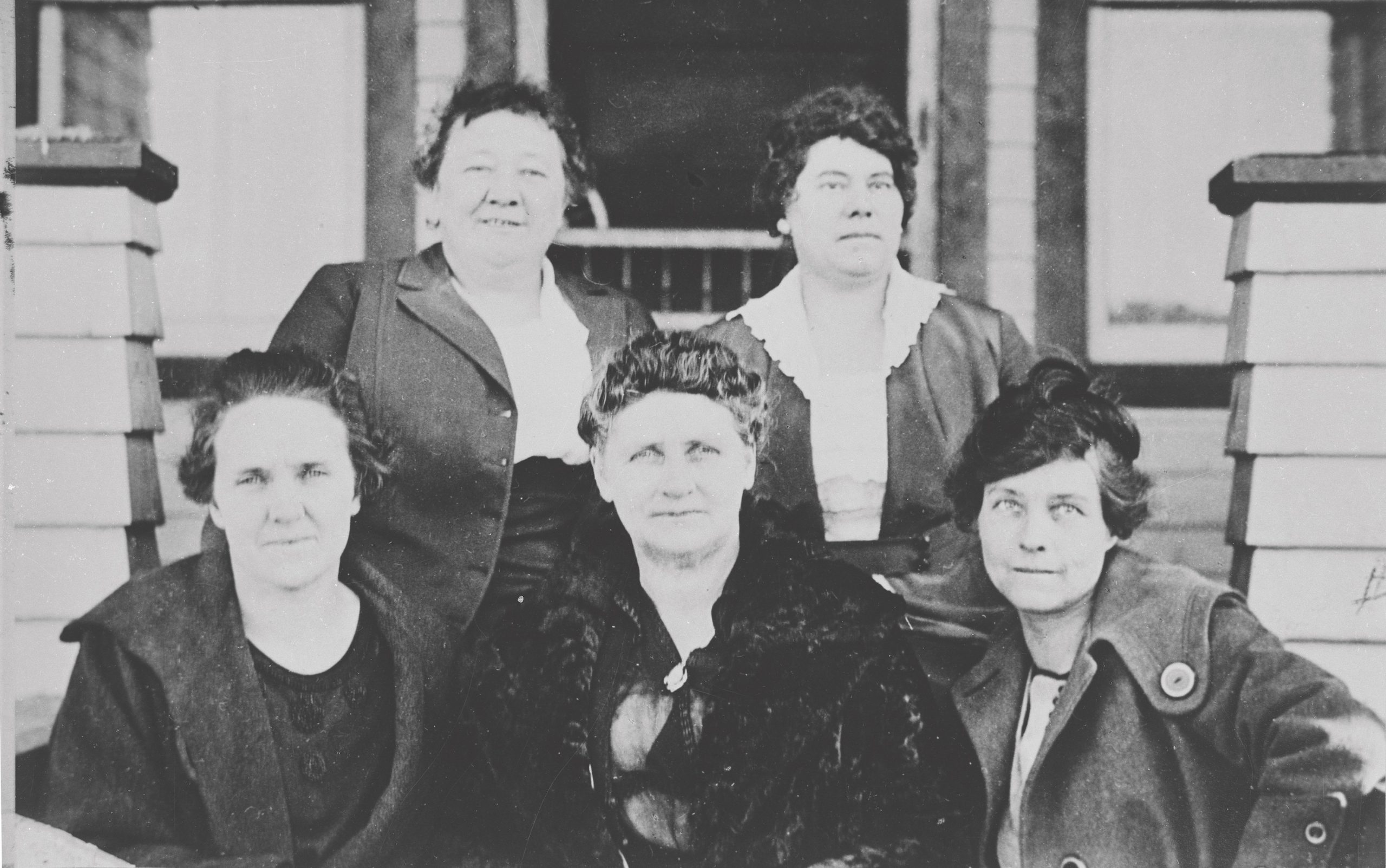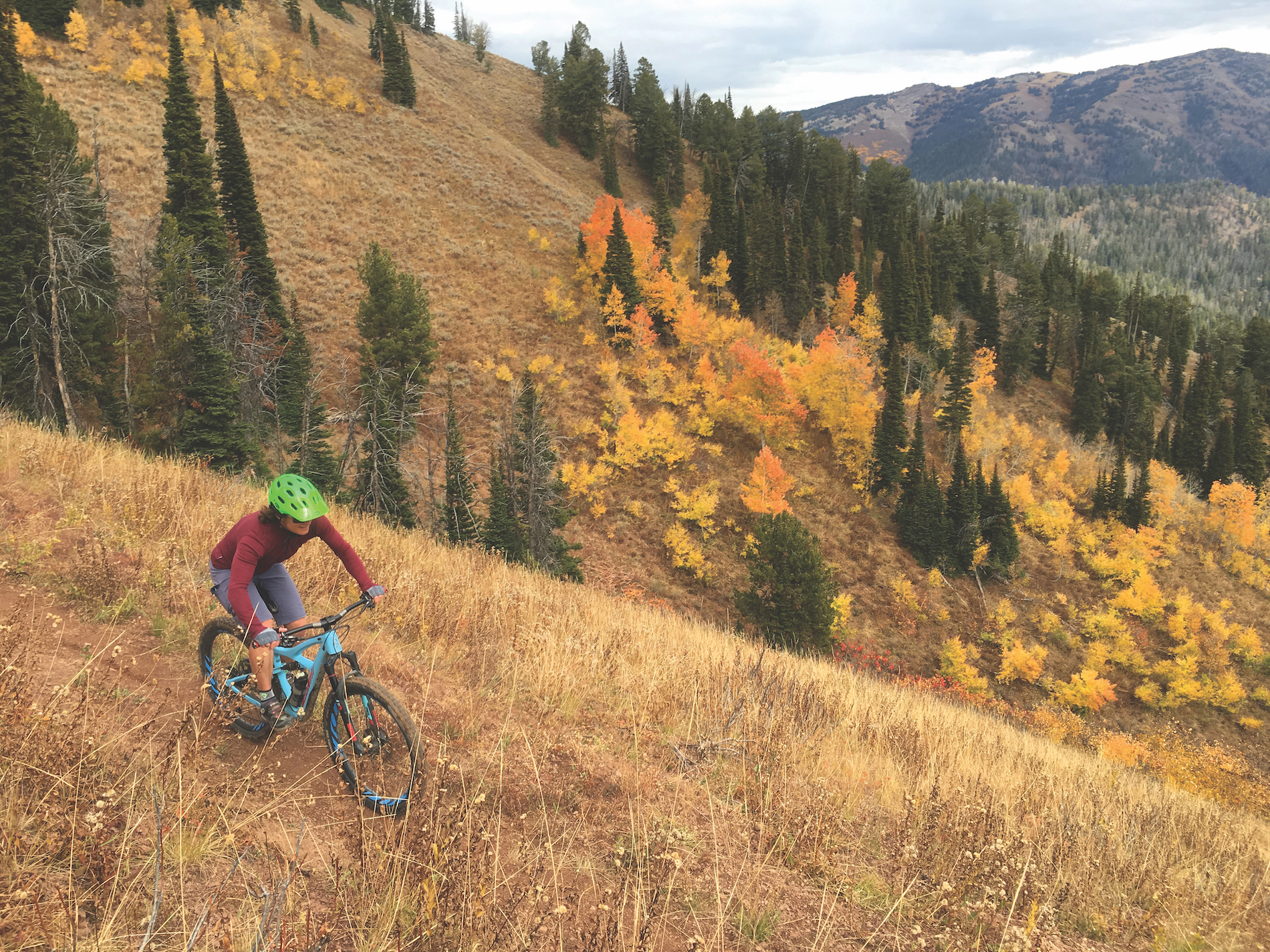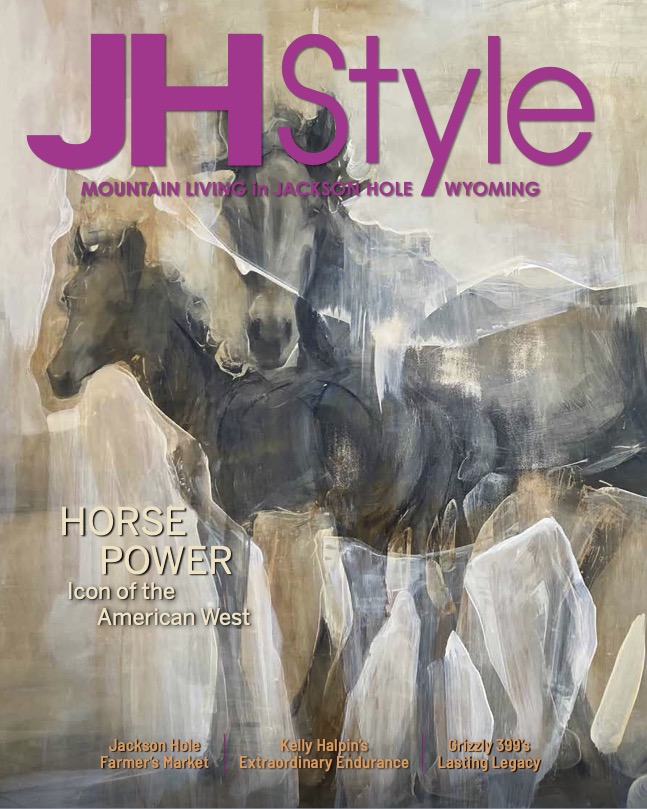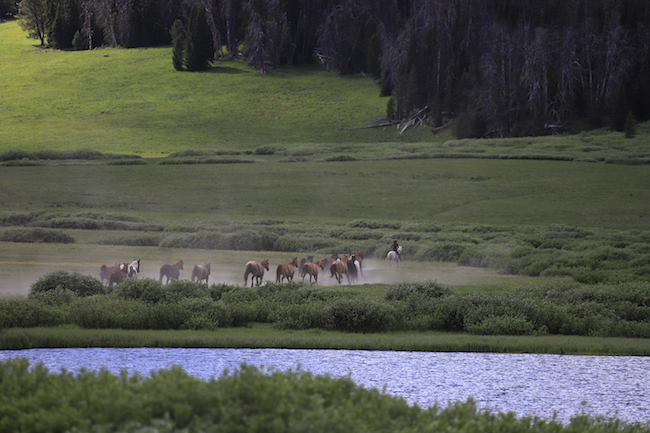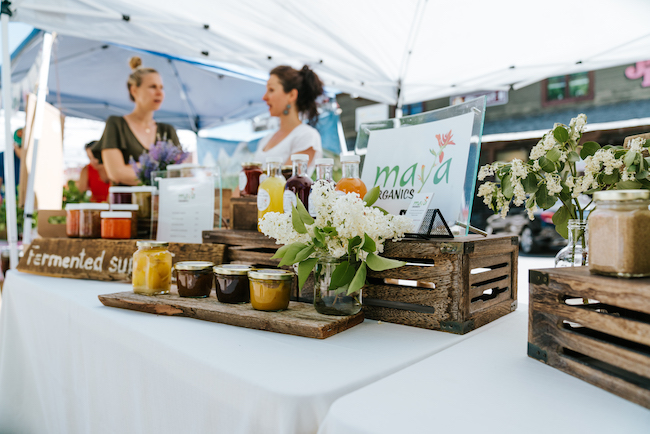Local cattle ranches keep the legacy alive in Jackson Hole
19 Aug 2023
Ranchers face new challenges in the modern era
Summer 2023
Written By: Melissa Thomasma | Images: Courtesy Snake River Ranch and Jackson Hole Hereford Ranch
Is there any image more quintessentially Western than a cowboy, mounted comfortably in a well-worn saddle, urging a herd of cattle across the windswept range?
Settlers realized quickly that the land in and around Jackson Hole wasn’t exactly ideal for growing vast yields of crops. The soil was rocky and dry, and the seasons weren’t exactly cooperative; lengthy, frigid winters were offset by a growing season of a mere 60 frost-free days.
Enter: cattle. Ranchers found that the land — which already sustained thriving herds of wild grazing animals like bison, elk and pronghorn — was ideal for herds of beef-producing livestock. While Jackson’s main economic force has long been tourism, there were once dozens of small to mid-sized cattle ranches around the area. In the past decades, they’ve largely disappeared.
But a few tenacious ranches have held on. By embracing their legacy and hard-won lessons from the past, as well as adapting to modern demands, a handful of local ranches continue to thrive and offer excellent locally raised meat to the community.
“The Jackson Hole Hereford Ranch was started by my grandfather Bruce Porter and his wife Ethel in 1928,” says Robert Gill, now at the helm of his family’s ranch. “We’ve been using the same vet for our animals since the 1970s, and he said that at his best count, there were 88 working ranches in Jackson in the ’70s. Now there are just a handful.”
Much of the ranch operation is similar to those early days. “The pattern of what we do at certain times of year hasn’t changed,” observes Robert. “We still raise Herefords, which is what we’ve always raised. The cycle of the year — when we calve, when we put the bulls on, brand, move them to pastures, raise and harvest hay.” And, like the earliest days of the ranch, all of the cattle are raised without hormones or antibiotics.
The way some of these tasks unfold has evolved, though. New technology and vehicles make it both easier and cheaper to tackle tasks like harvesting and storing hay with new methods. “We used to hay with the beaver slide to make big haystacks — it was great, we loved doing it that way — but it took a lot of man- power,” Robert says. “Now we’re doing it with two people, not a whole workforce out there.”
While some of the challenges the latest generation of Gills face on the ranch are similar — like frigid wintertime temperatures and years of drought — new difficulties have emerged in the modern era. Like across much of the West, water is in ever-escalating demand. “It’s getting harder to come by,” says Robert’s daughter, Nikki Gill, who helps run the family ranch and also owns Jackson Drug & Original Soda Fountain with her sister, Jessica, and brother, Patrick.

Water once flowed uninterrupted from the Gros Ventre river into their irrigation canals, but now traverses through multiple subdivisions and more. “Getting it here is a lot more effort than it used to be,” he admits.
Nikki and her siblings reopened Jackson Drug in 2018. Located on the town square, the establishment was originally launched by Bruce Porter in 1919, and changed hands a few times over the decades. When the sisters reacquired and reimagined the iconic eatery, they found the perfect companion business for the Jackson Hole Hereford Ranch.
“The hardest part of the animal to get rid of is the ground beef,” explains Nikki. “That’s the beauty of the menu we created: exceptional burgers.” Today, half of the ranch’s beef is sold commercially, and the other half is utilized at the restaurant.
Across the valley, near Wilson, another multi-generational cattle ranch continues the legacy of raising beef: the Snake River Ranch. Founded in 1929, the ranch is home to 4,000 head of cattle each grazing season. Unlike the Jackson Hole Hereford Ranch, which is known as a cow/calf operation, the Snake River Ranch embraces a more seasonal model of ranching.
“We shifted away from the cow-calf operation in the 1980s,” explains Ben Tibbitts, the ranch manager. “Now, we run stockers from May until October, and then ship them out.” Ben says that this model allows cattle to graze exclusively on fresh pastures and high mountain forage during the warm months, and frees the ranch from having to harvest and store hay and feed over the difficult winter months.
“Our cattle graze on rangeland, which is up in the hills, as well as irrigated meadows,” he says. “A huge focus in the past 20 years has been embracing a holistic grazing management strategy.”
Ben explains that this approach involves rotating the pastures on which cattle are grazing throughout the year, a tactic that actually improves the soil quality and enhances the ecosystem. “It’s beneficial to the ranch’s biodiversity, wildlife, drought tolerance, and the overall environment,” he says.
“That’s always been our number one objective,” Ben continues. “Healthy animals and a healthy, thriving environment. There’s harmony with all the systems on the ranch.” Like the earliest herds of cattle to roam the valley, the stock on the Snake River Ranch enjoys the slow pace of summer days, the freshest mountain water, and lush wild grasses.



In a deliberate effort to minimize the stress on the animals, Ben explains, all movement of the herds is facilitated on horseback, not by all-terrain vehicles or trucks. “We maintain the tradition of riding, roping, and using horses to run the ranch every day,” he says. Not only is it better for the cattle, but keeps the ranch’s operation in deep connection with its lengthy history in the valley.
In order to face the evolving demands of the modern world, the Snake River Ranch has also diversified the use of its spectacular acreage. In addition to partnering with local outfitters and guides to facilitate guest experiences on the ranch from fishing to horseback riding, the historic area along the Snake River is available for weddings and other large gatherings. Boasting unforgettable Teton views and unsurpassed privacy, it’s a popular spot for families looking to create once-in-a-lifetime memories.
Both of these ranches, in addition to upholding decades’ worth of tradition and legacy of cattle ranching, also provide a key element to the character of Jackson Hole: wide, open space. This hallmark of the West — expansive, sweeping fields, under the crisp sky and sharp outline of the Tetons — preserves more than a mouthwatering burger or steak on the dinner table. They preserve the experience of the landscape; a priceless value that those working to keep these ranches alive treasure.
“The town’s changed, but when I drive onto the ranch and get out, and the place looks exactly like it did when I was 12, which is great,” muses Robert Gill.
“Our family’s history and legacy is important to us,” he added. “When my mom was sick, she mentioned how important it was to her, and it’s fragile. She wanted me to do the best I could to take care of it. That’s what I’ve tried to do, and I know that my children have adopted that. They’ll have different challenges than I’ve had, but it’s a wonderful thing to have.”
“The ranch is a living, breathing thing,” Nikki adds. “It’s part of the family.”

